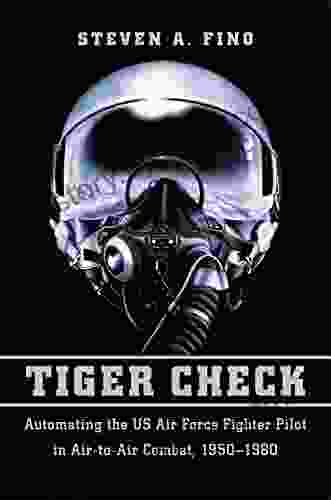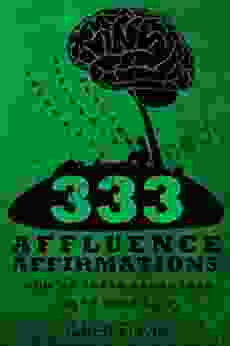Automating the U.S. Air Force Fighter Pilot in Air-to-Air Combat, 1950-1980

The advent of artificial intelligence (AI) has profoundly impacted various sectors, including military aviation. From the mid-20th century onward, the U.S. Air Force invested heavily in developing AI systems to enhance the capabilities of its fighter pilots. This article examines the evolution of AI in air-to-air combat from 1950 to 1980, highlighting its transformative effects on fighter pilot performance and aerial warfare tactics.
5 out of 5
| Language | : | English |
| File size | : | 44471 KB |
| Text-to-Speech | : | Enabled |
| Screen Reader | : | Supported |
| Enhanced typesetting | : | Enabled |
| Word Wise | : | Enabled |
| Print length | : | 448 pages |
The Early Years: Analogue Computers and Radar Technology
In the early 1950s, AI was still in its infancy. However, rudimentary analogue computers and radar technology laid the groundwork for future advancements. Analogue computers assisted pilots with basic calculations, such as fuel consumption and navigation. Early radar systems provided fighter pilots with rudimentary target information, enhancing their situational awareness.
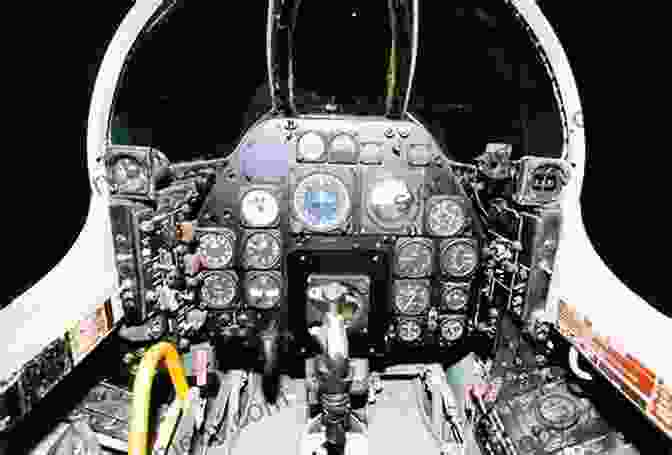
The Rise of Digital Computing and Automated Systems
The of digital computers in the late 1950s marked a significant leap forward. These computers enabled the development of more sophisticated AI systems. Automated systems integrated with radar and other sensors, providing fighter pilots with real-time information on enemy positions, altitudes, and speeds. This automated data processing reduced pilot workload and improved decision-making.
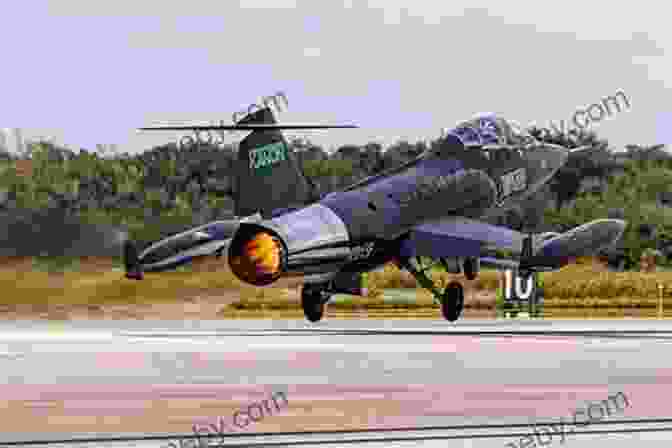
Computer-Assisted Aiming and Weapon Systems
By the mid-1960s, AI systems had advanced to the point of providing computer-assisted aiming and weapon selection. These systems used radar and other sensor data to calculate optimal firing solutions. They allowed fighter pilots to engage targets with greater accuracy and efficiency, reducing potential attrition rates.
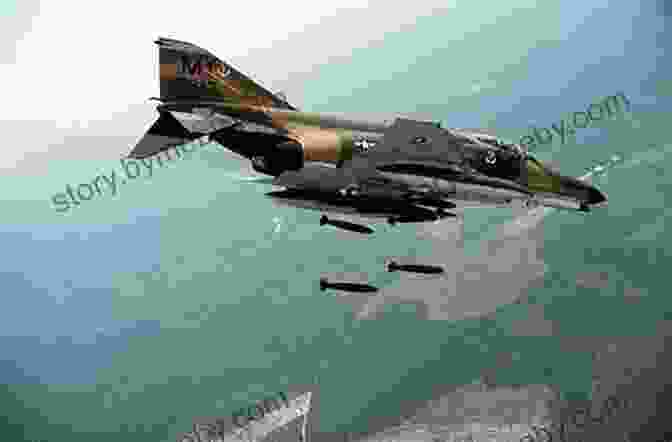
Evolution of AI in Close Air Support and Strategic Bombing
Beyond air-to-air combat, AI also played a crucial role in close air support and strategic bombing. AI-powered systems aided in target identification, navigation, and weapons delivery. This enhanced the accuracy and effectiveness of air support for ground troops and strategic bombing missions.
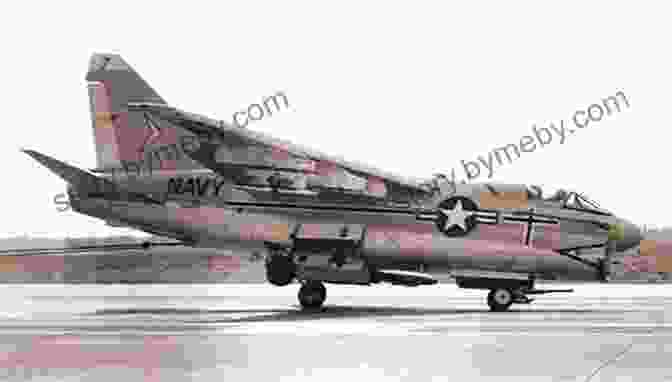
Impact on Fighter Pilot Performance and Aerial Warfare Tactics
The integration of AI systems had a profound impact on fighter pilot performance and aerial warfare tactics. AI technology reduced pilot workload, increased situational awareness, and improved accuracy. This allowed pilots to engage in more complex and demanding missions, enhancing overall combat effectiveness.
Additionally, AI systems facilitated the development of new aerial combat tactics. Fighters could now team up with AI-powered support systems to execute coordinated attacks and overwhelm enemy defenses. The result was a significant shift in aerial warfare, with AI becoming an integral part of modern combat.
The period from 1950 to 1980 witnessed a remarkable evolution in the application of AI in air-to-air combat. From humble beginnings with analogue computers to sophisticated digital systems, AI transformed the role of fighter pilots, revolutionized tactics, and shaped the future of aerial warfare. As AI continues to advance, it promises to play an even greater role in the complex and dynamic world of military aviation.
5 out of 5
| Language | : | English |
| File size | : | 44471 KB |
| Text-to-Speech | : | Enabled |
| Screen Reader | : | Supported |
| Enhanced typesetting | : | Enabled |
| Word Wise | : | Enabled |
| Print length | : | 448 pages |
Do you want to contribute by writing guest posts on this blog?
Please contact us and send us a resume of previous articles that you have written.
 Book
Book Novel
Novel Page
Page Chapter
Chapter Text
Text Story
Story Genre
Genre Reader
Reader Library
Library Paperback
Paperback E-book
E-book Magazine
Magazine Newspaper
Newspaper Paragraph
Paragraph Sentence
Sentence Bookmark
Bookmark Shelf
Shelf Glossary
Glossary Bibliography
Bibliography Foreword
Foreword Preface
Preface Synopsis
Synopsis Annotation
Annotation Footnote
Footnote Manuscript
Manuscript Scroll
Scroll Codex
Codex Tome
Tome Bestseller
Bestseller Classics
Classics Library card
Library card Narrative
Narrative Biography
Biography Autobiography
Autobiography Memoir
Memoir Reference
Reference Encyclopedia
Encyclopedia Sandeep Dayal
Sandeep Dayal Kristen Kelly
Kristen Kelly Janet Lee Carey
Janet Lee Carey L X Beckett
L X Beckett Richard P Feynman
Richard P Feynman Langston Hughes
Langston Hughes Me Johansson
Me Johansson Kirsten Grind
Kirsten Grind Maribel Fierro
Maribel Fierro Lakisha Johnson
Lakisha Johnson Mark Horrell
Mark Horrell Laurence Cox
Laurence Cox Liana Finck
Liana Finck Lily Oliver
Lily Oliver Laura Tyson Li
Laura Tyson Li Larry Hart
Larry Hart Laura Brennan
Laura Brennan Katherine Nouri Hughes
Katherine Nouri Hughes Warren Farrell
Warren Farrell Peter Aperlo
Peter Aperlo
Light bulbAdvertise smarter! Our strategic ad space ensures maximum exposure. Reserve your spot today!

 Chinua AchebeUnveiling the Secrets of the Cryptic Creature: Delve into "The Bigfoot Files"...
Chinua AchebeUnveiling the Secrets of the Cryptic Creature: Delve into "The Bigfoot Files"...
 Jedidiah HayesThe Professor's Handbook: Unlock Your Writing Potential and Achieve Academic...
Jedidiah HayesThe Professor's Handbook: Unlock Your Writing Potential and Achieve Academic... Brian BellFollow ·13.5k
Brian BellFollow ·13.5k Keith CoxFollow ·10.5k
Keith CoxFollow ·10.5k Adrian WardFollow ·18.2k
Adrian WardFollow ·18.2k Charles BukowskiFollow ·2.4k
Charles BukowskiFollow ·2.4k Kelly BlairFollow ·2.4k
Kelly BlairFollow ·2.4k Jayden CoxFollow ·19.3k
Jayden CoxFollow ·19.3k Art MitchellFollow ·7.1k
Art MitchellFollow ·7.1k Casey BellFollow ·14.9k
Casey BellFollow ·14.9k
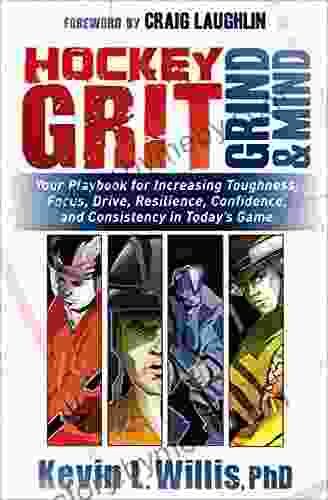
 Forrest Reed
Forrest ReedHockey Grit, Grind, Mind: The Ultimate Guide to Mental...
Hockey is a tough...

 Juan Rulfo
Juan RulfoUnlock Your Inner Artist: Embark on a Sketching Journey...
Embrace the Beauty of Nature Through Quick...

 Nathaniel Hawthorne
Nathaniel HawthorneSo You Think You're a Philadelphia Phillies Fan?
The Philadelphia Phillies are one of the most...
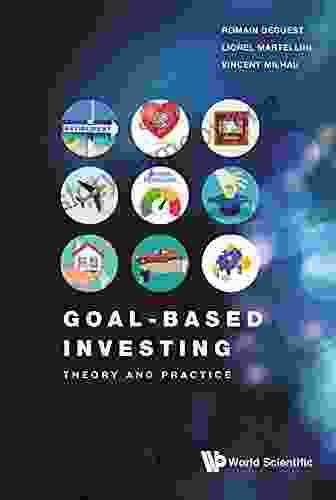
 Jeff Foster
Jeff FosterGoal-Based Investing: A Comprehensive Guide to Achieving...
Investing is not...

 Aleksandr Pushkin
Aleksandr PushkinGNOMEDOM: The Future Unfolds (Gnomedom Tales 1)
Escape into the enchanting world of Gnomedom...

 Branden Simmons
Branden SimmonsInternal Factors And Training Concepts For All Internal...
Internal arts, such as Tai...
5 out of 5
| Language | : | English |
| File size | : | 44471 KB |
| Text-to-Speech | : | Enabled |
| Screen Reader | : | Supported |
| Enhanced typesetting | : | Enabled |
| Word Wise | : | Enabled |
| Print length | : | 448 pages |


